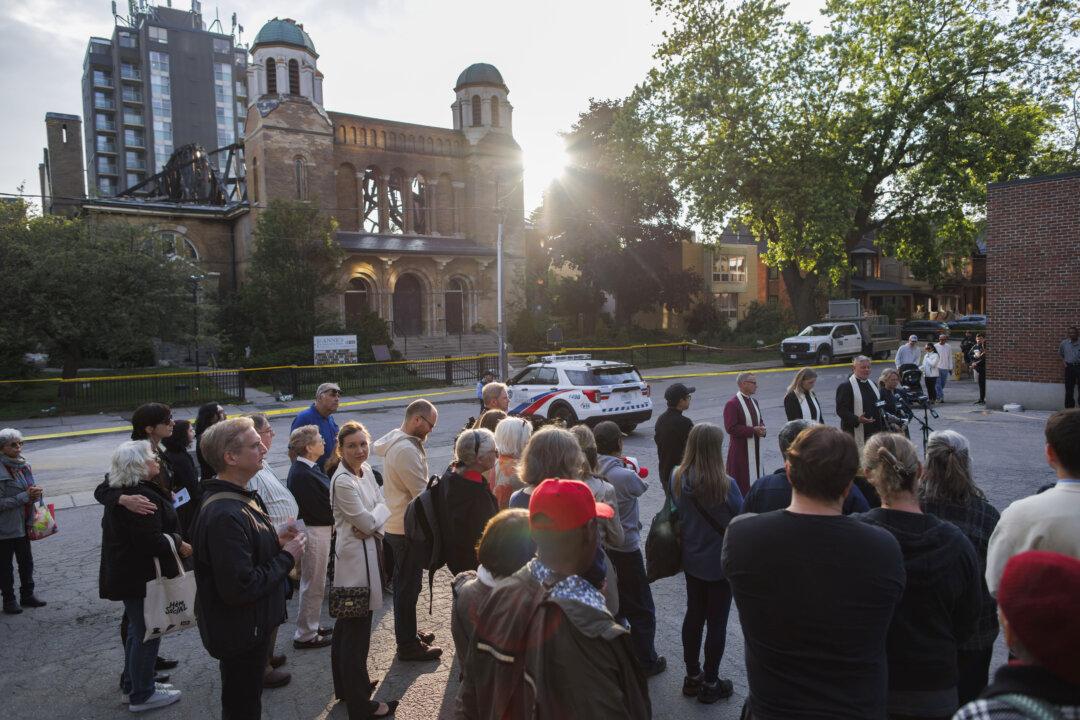Commentary
By illegally publishing the draft decision of the Supreme Court several months before the final version was released, someone within the Court unleashed a firestorm of controversy in the United States. Demonstrations and counter-demonstrations erupted all over the country. The homes of the justices believed to have supported the repeal of the 1973 decision in Roe v. Wade were picketed. An alleged attempt was made on the life of one of them.





